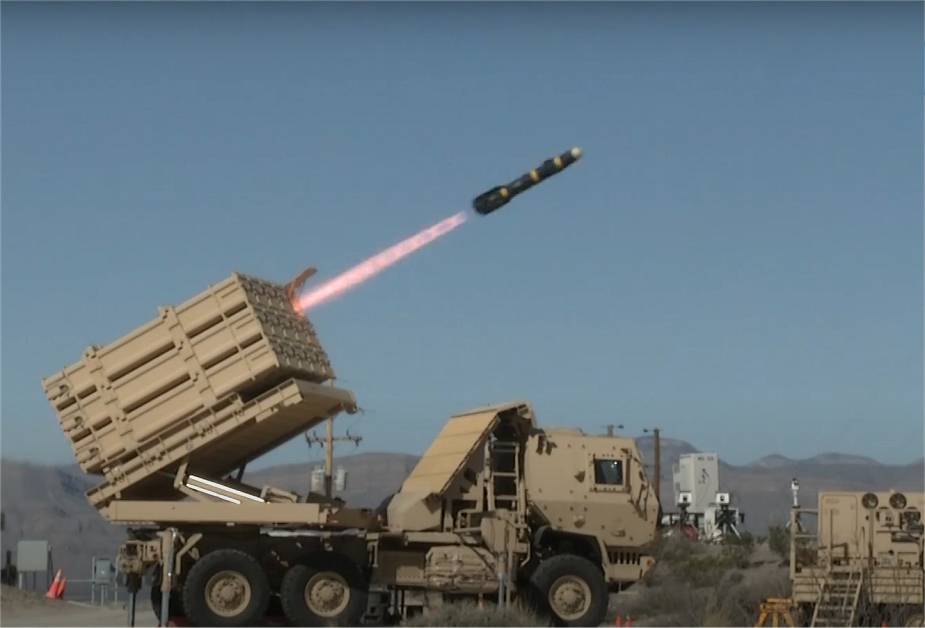Breaking news
Dynetics to develop Indirect Fire Protection Capability launcher prototypes for US Army.
According to a contract released by the United States Department of Defense on September 24, 2021, Dynetics, Huntsville, Alabama, was awarded a $237,386,991 firm-fixed-price contract for the development of an Indirect Fire Protection Capability Increment 2 launcher/interceptor solution and delivery of 16 launcher prototypes, 60 fieldable interceptor prototypes and associated all-up-round magazines.
Follow Army Recognition on Google News at this link

The U.S. Army's Indirect Fire Protection Capability Increment 2-Intercept Multi-Mission Launcher unit. (Picture source U.S. Army)
Dynetics is the prime contractor to continue development for the next phase of the U.S. Army Space and Missile Defense Command's (SMDC) Indirect Fire Protection Capability-High Energy Laser (IFPC-HEL) program, a 300-kilowatt class laser weapon system. High energy lasers (HEL) engage at the speed of light and provide a solution to constantly evolving threats, while reducing the logistics trail associated with conventional kinetic weapon systems.
Dynetics, along with our partners, was awarded the $130 million contract option to design, build, and integrate the laser weapon system onto an Army family of medium tactical vehicle platform and conduct field testing at White Sands Missile Range (WSMR) in New Mexico. As the prime contractor, Dynetics is responsible for final assembly, integration, and testing of the system.
The Indirect Fire Protection Capability Increment 2 – Intercept (IFPC Increment 2-I) Block 1 System is a mobile, ground-based weapon system designed to defeat unmanned aircraft systems (UAS) and cruise missiles.
The Block 1 System will use an existing interceptor and sensor and will develop a Multi-Mission Launcher (MML) on an existing vehicle platform to support the Counter-UAS (C-UAS) and Cruise Missile Defense (CMD) missions. The system will use the Army Integrated Air and Missile Defense (AIAMD) open systems architecture, and will use the AIAMD Integrated Battle Command System as its mission command component.
The U.S. Army Army envisions to IFPC Increment 2 to be kinetic interceptor-based solution operating as a platoon of no more than four launchers using IBCS and Sentinel A3/A4 to defend critical military and geopolitical fixed assets; semi-fixed assets; and maneuver forces against surveillance and attack by Cruise Missiles (CM); Unmanned Aerial Systems (UAS); Rockets, Artillery, and Mortars (RAM); FixedWing (FW) aircraft, and Rotary-Wing (RW) aircraft.





























